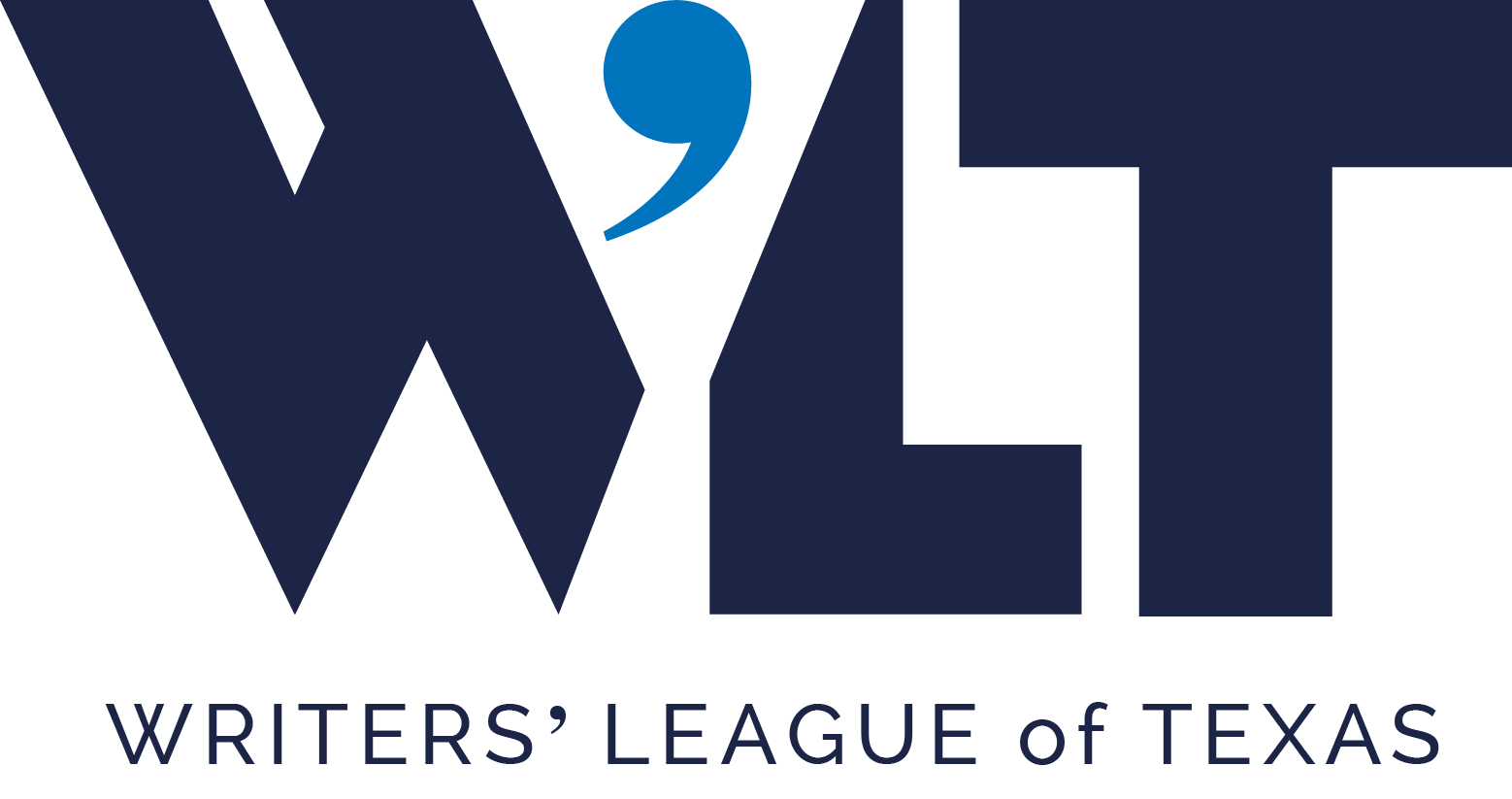“Writing a novel is like ‘juggling Jell-O.’ Using a framework like the three-act structure can keep your plot from stalling out or going astray and can aid in building more complex characters.”
-Carolyn Cohagan
Carolyn Cohagan is teaching a class for the Writers’ League of Texas called “Three-Act Structure for the Novel” on Saturday, April 8, at St. Edward’s University in Austin, TX. The class will familiarize participants with the three-act structure and give them tools to implement it in order to move forward with their novels.
 Scribe: With contemporary fiction requiring authors to consistently bring original ideas to readers, why should writers look to arguably more traditional methods such as the three-act structure to assist in their writing process?
Scribe: With contemporary fiction requiring authors to consistently bring original ideas to readers, why should writers look to arguably more traditional methods such as the three-act structure to assist in their writing process?
Carolyn Cohagan: Most writers already think in terms of the three-act structure, even if they don’t realize it. Our most dominant form of storytelling — movies — is told with the three-act structure, and we’ve been watching and absorbing the form since early childhood. It’s a structure that is satisfying to our brains and emotions. I don’t think every writer has to use it, but I think every writer should understand it.
Scribe: You mention in the class description that plays, screenplays, and novels can all make use of the three-act structure; what makes it effective for novels in particular?
CC: As a friend said, writing a novel is like “juggling Jell-O.” Using a framework like the three-act structure can keep your plot from stalling out or going astray and can aid in building more complex characters. It is particularly useful in diagnosing problems.
Scribe: Is there a particular formula for determining how long each act should be, or does it vary from piece to piece?
CC: Over the years, several writers have created strict formulas for how long each act should be. I will discuss those theories during my workshop, but I don’t adhere to them myself.
Scribe: Some people consider outlines to be limiting to the writing process; this class, however, will focus on creating an outline to help generate creativity. Why do you believe outlines to be important, or even essential, to the writing process?
CC: Some people are plotters and some people are “pantsers” (flying by the seat of their pants). I am a mix of both. I dive in with free abandon and when I hit a wall (and I always do) it is time for me to step back and use the three-act structure. I create an outline for where my plot and characters will go next. I go back to the beginning and create arcs for the characters to figure out what motivates each and every one.
There is no “correct” way to begin a book, but at some stage you will have to determine what the arc of the story is and how your characters have changed. If they haven’t grown or learned anything, your story is flat lining.
—
Thanks, Carolyn!
Click here to register for Carolyn’s class.
Click here for our current class schedule.
About the Instructor
Carolyn Cohagan has an extensive theater background. She has performed stand-up and one-woman shows at festivals around the world from Adelaide to Edinburgh. She has published two novels: The Lost Children (Simon & Schuster/2010) and Time Zero (She Writes Press/2016). She is the founder of the creative writing organization Girls With Pens, which is dedicated to fostering the individual voices and offbeat imaginations of girls 8-17.









